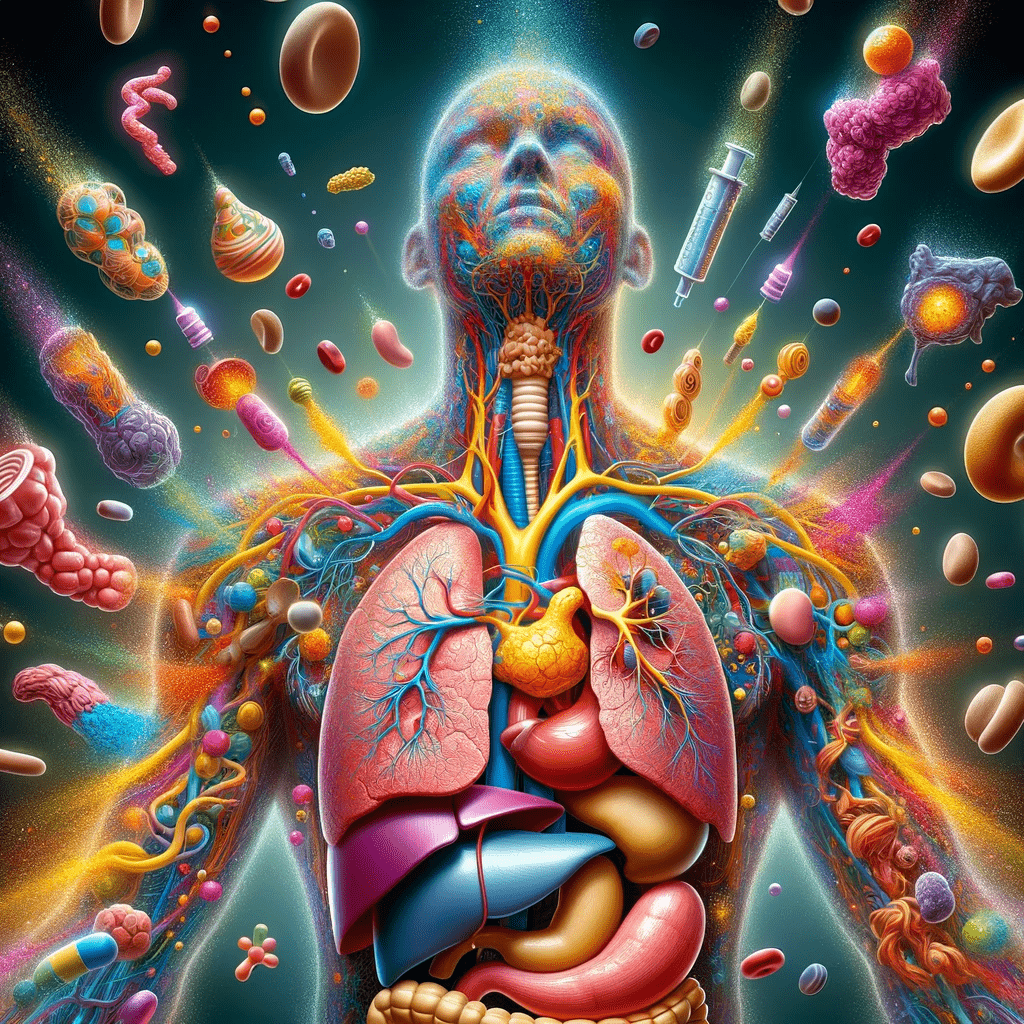Ayurveda | आयुर्वेद
About 80% of the world’s population relies on tradition remedies for their health care needs. India has many alternative medical practices that date back over 5,000 years, alongside yoga in the Indus Valley Civilization. Ayurveda means “knowledge of life” and includes the use of herbal medicines, mineral or metal supplementation (rasa shastra), surgical techniques, opium, … Read more





